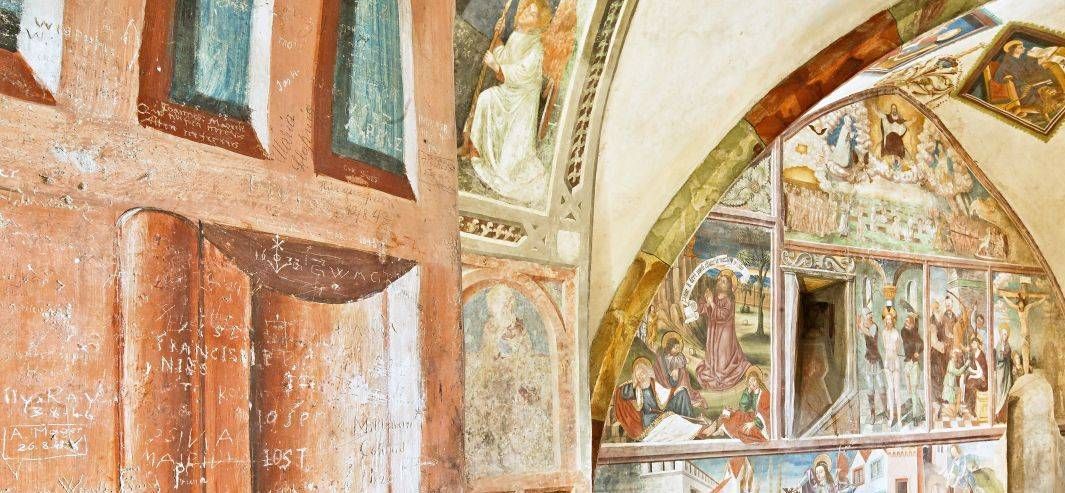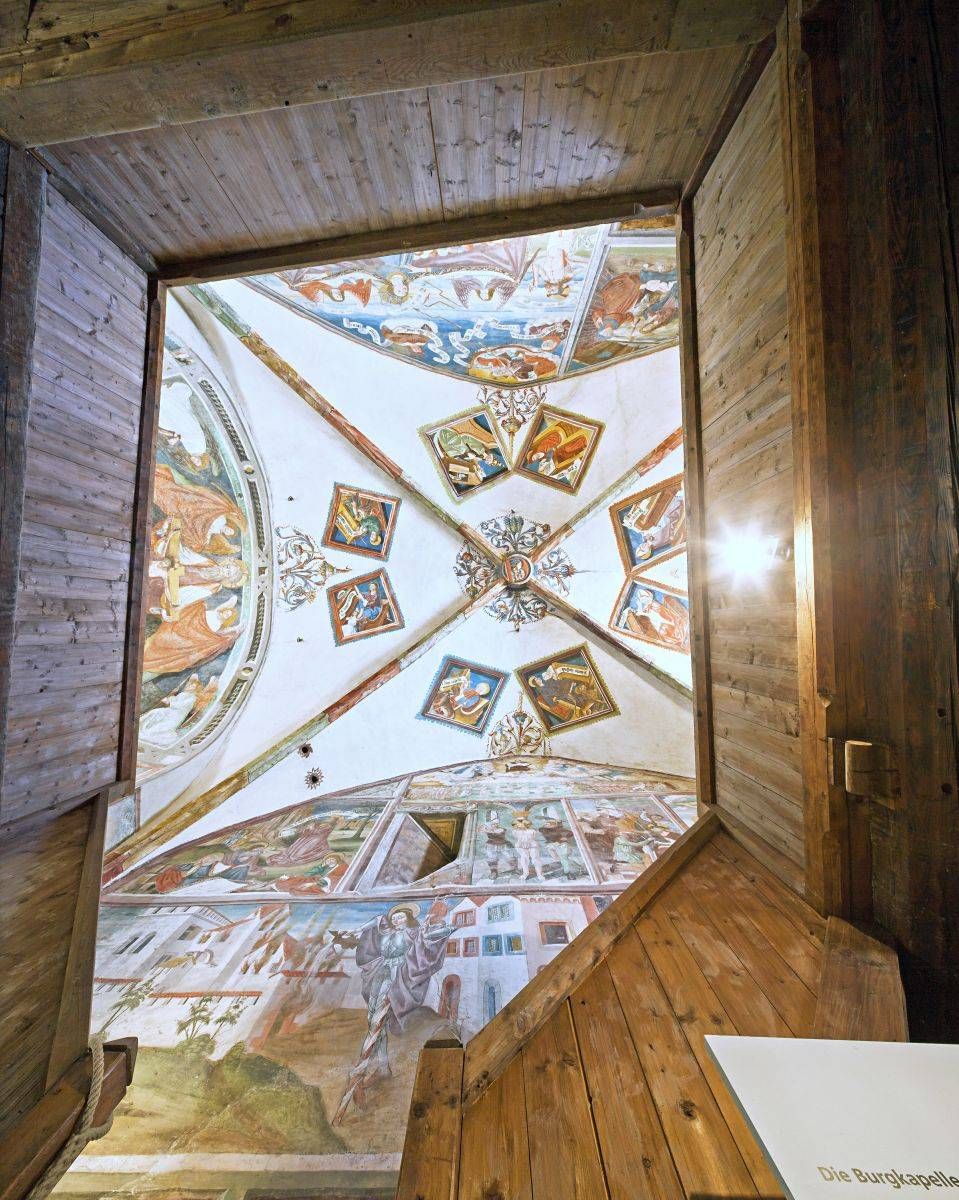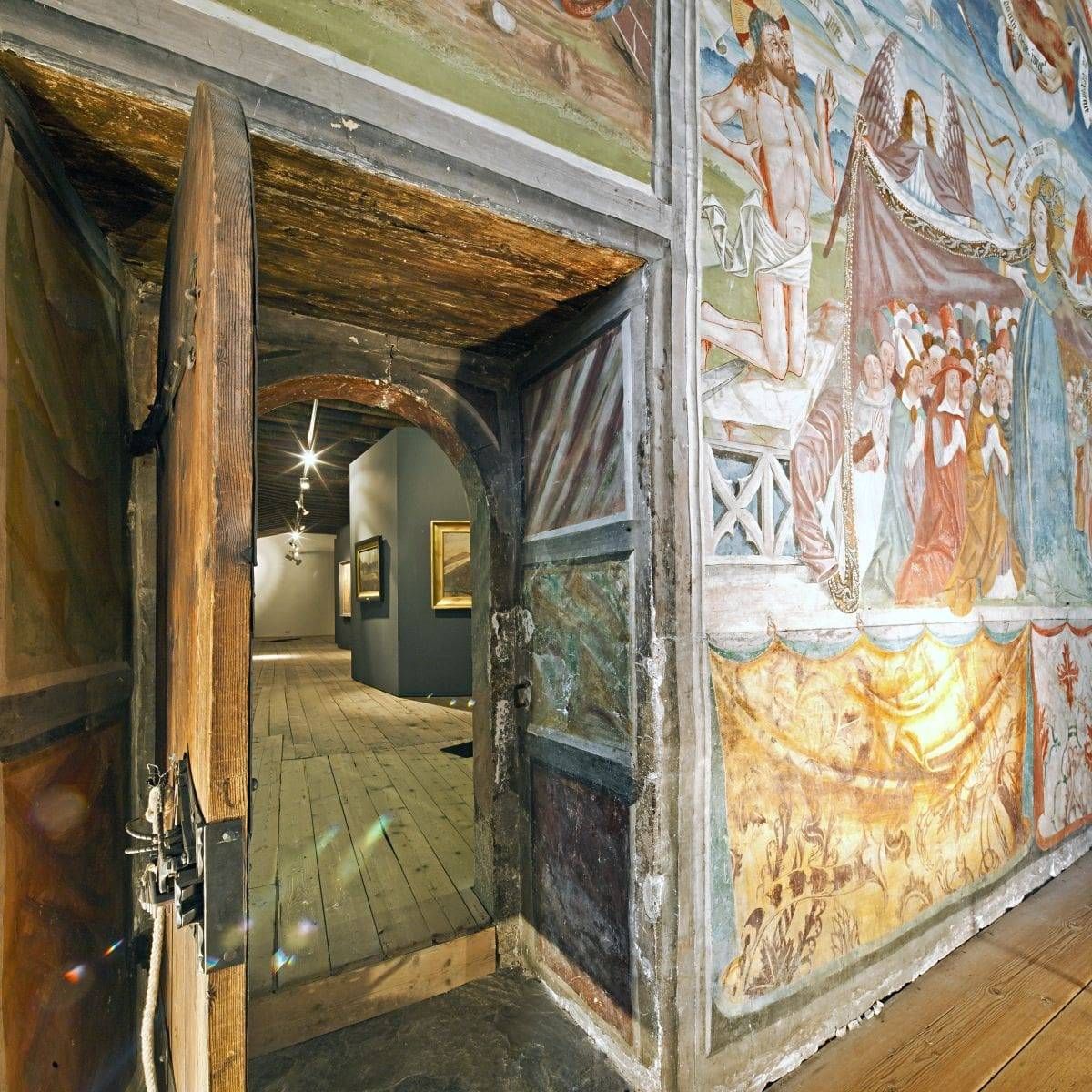Ausstellungen
Albin Egger Lienz
Besucher Information
About Schloss Bruck
Familien & Kinder
Schulen & Kindergärten
Kultur & Events
Schloss-Café
Rechtliches




